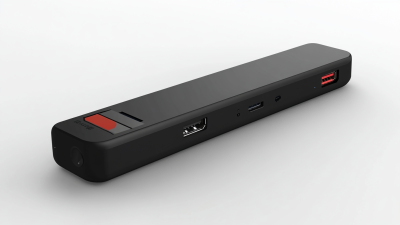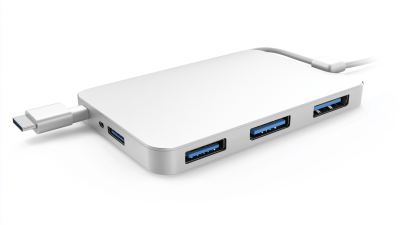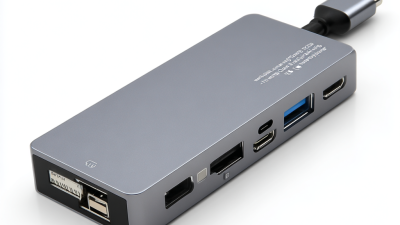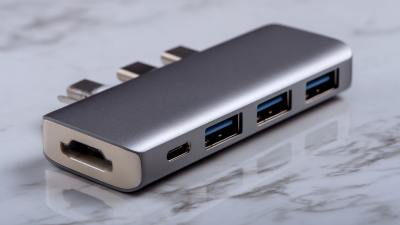
-
Home
-
Products
-
About Us
-
OEM&ODM
-
News
-
Contact Us
Inquiry
Form loading...

In today's fast-paced digital landscape, having the right accessories is essential to enhance productivity and connectivity. One such crucial accessory is the Docking Station USB C, which serves as a vital hub for various devices, allowing users to connect multiple peripherals effortlessly. Whether you're a professional needing to expand your workstation, a student aiming for seamless multitasking, or a gamer seeking to elevate your experience, choosing the best Docking Station USB C can significantly impact your workflow and efficiency.
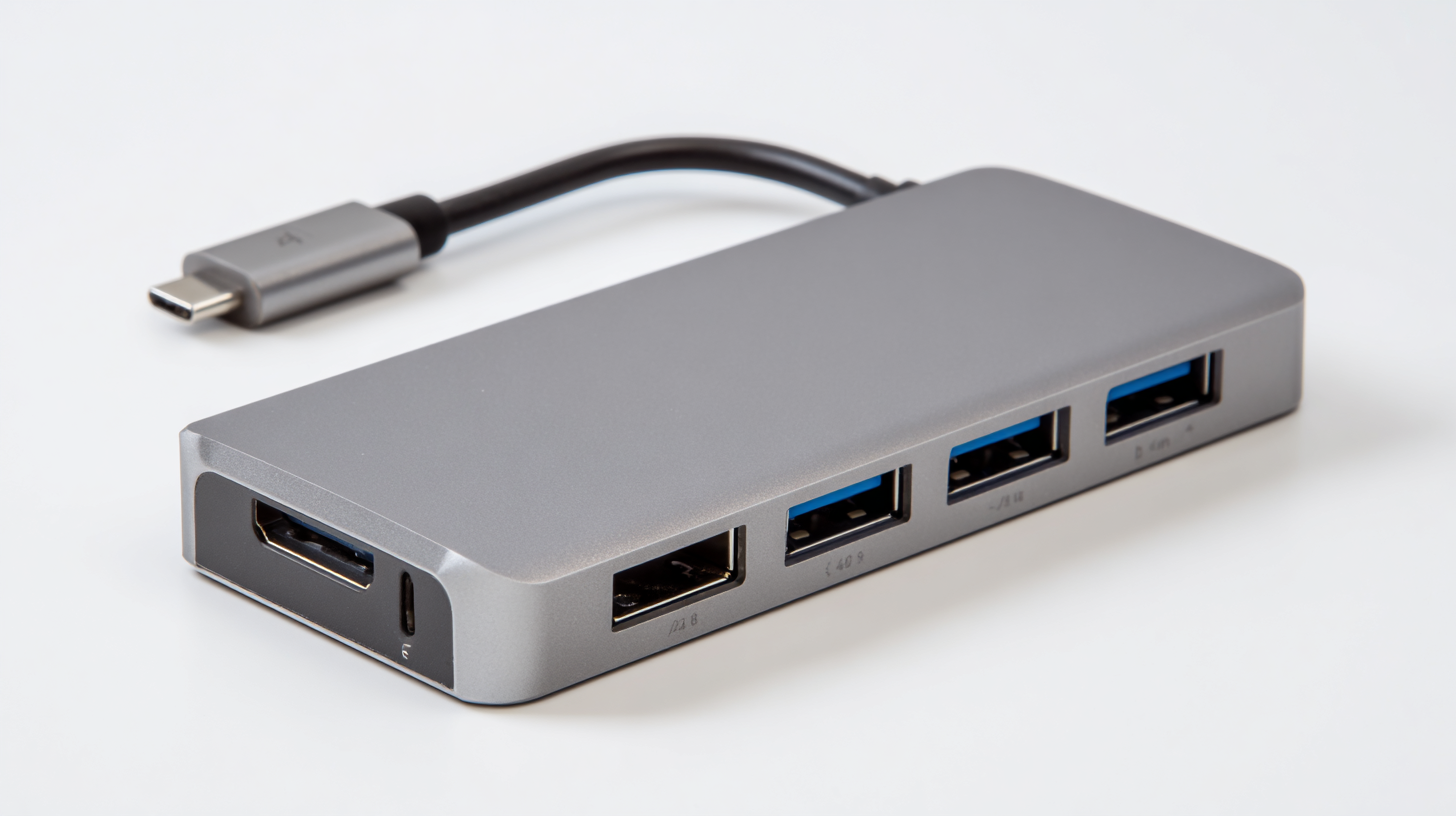
This ultimate guide will navigate you through the essential factors to consider, including compatibility, ports, power delivery, and design, ensuring you find the perfect docking station tailored to your specific needs. With the right insights, you can make an informed decision that maximizes the potential of your devices and streamlines your daily tasks.
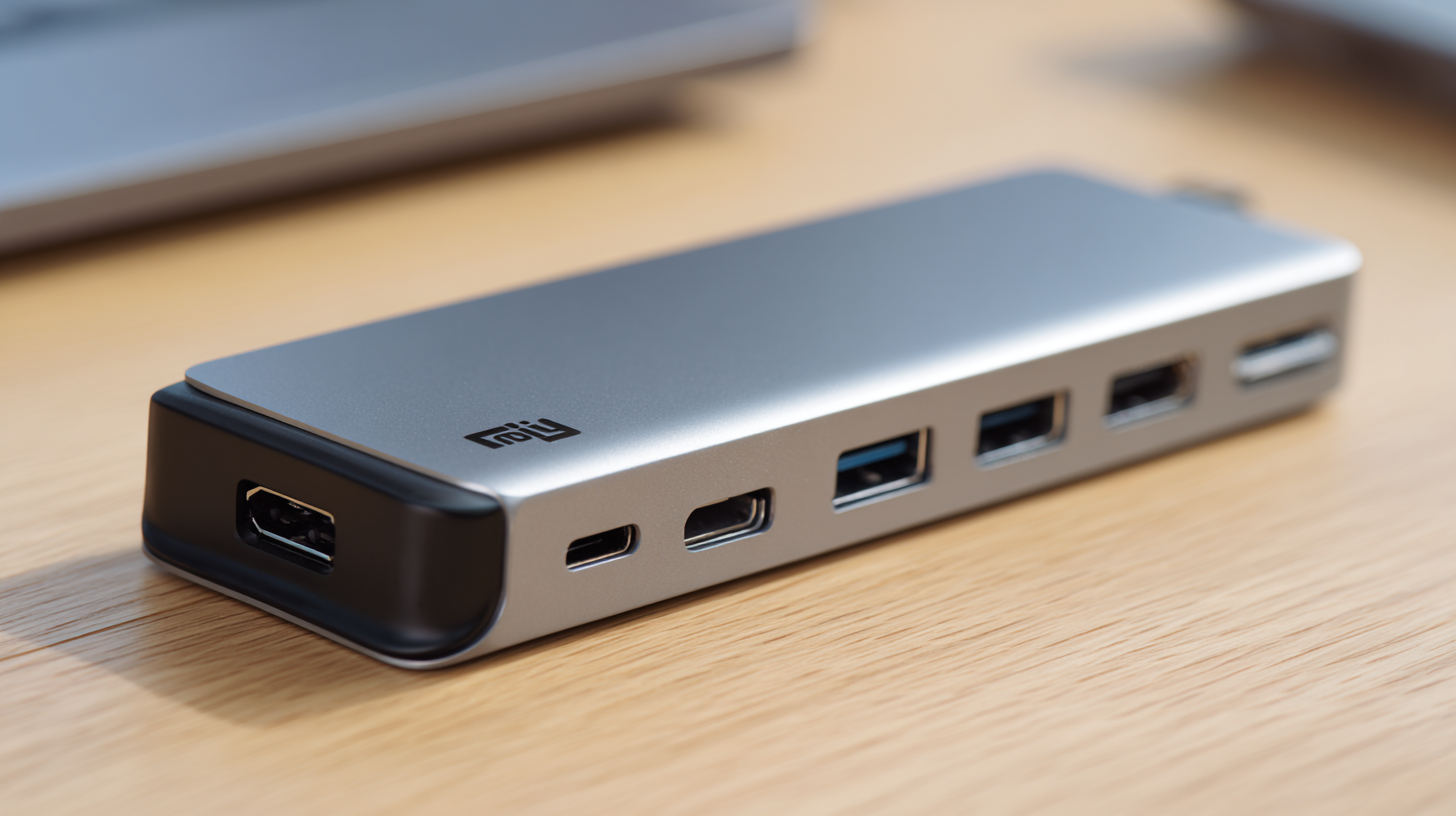 When choosing a USB-C docking station, several key factors come into play, significantly impacting your connectivity experience. Firstly, it's essential to consider the number and types of ports available. According to a recent report by IDC, nearly 65% of professionals rely on multiple devices that require simultaneous connections, such as monitors, keyboards, and external drives. A docking station with a diverse array of ports, including HDMI, Ethernet, and USB-A, can enhance productivity and streamline workspace organization.
When choosing a USB-C docking station, several key factors come into play, significantly impacting your connectivity experience. Firstly, it's essential to consider the number and types of ports available. According to a recent report by IDC, nearly 65% of professionals rely on multiple devices that require simultaneous connections, such as monitors, keyboards, and external drives. A docking station with a diverse array of ports, including HDMI, Ethernet, and USB-A, can enhance productivity and streamline workspace organization.
Additionally, power delivery capabilities are crucial. Many USB-C docking stations offer Power Delivery (PD) technology, which allows for charging your laptop while connecting peripherals. A 2021 survey by TechResearch revealed that 78% of users prefer docking stations that support PD, as it minimizes cable clutter and ensures that devices stay charged during use. Selecting a docking station that delivers sufficient wattage—typically between 60W to 100W—can make a noticeable difference in performance and device longevity, especially for power-hungry laptops. By carefully evaluating these factors, you can find a USB-C docking station that perfectly meets your needs.
When selecting a USB-C docking station, it’s crucial to consider the specific types of devices you plan to use it with, as different devices have varying requirements. According to a recent report by IDC, the demand for USB-C docking stations has surged, with a projected annual growth rate of 20% through 2026. This growth highlights the importance of finding a docking station that meets your device's unique needs, whether it’s a laptop, tablet, or smartphone.
For laptops, look for docking stations that offer multiple USB ports, HDMI or DisplayPort outputs, and power delivery capabilities to charge your device simultaneously. A study from TechRadar indicates that 68% of professionals prefer using a docking station that allows multi-monitor setups, enhancing productivity. Alternatively, for tablets and smartphones, a more compact docking station with fewer ports may suffice, focusing on fast charging and data transfer capabilities.
Research shows that users value portability and ease of setup, making it essential to choose a model that aligns with your lifestyle. Choosing the right USB-C docking station tailored to your device will significantly enhance your overall productivity and connectivity experience.
When selecting a USB-C docking station for your device, understanding the essential features can significantly enhance your tech experience. One of the most important aspects to consider is compatibility. Ensure the docking station you choose is compatible with your specific device, whether it’s a MacBook, Dell XPS, or a Chromebook. Compatibility not only refers to the operating system but also to the number of ports available. Look for a station that includes a mix of HDMI, USB-A, USB-C, Ethernet, and audio ports to meet all your connectivity needs.
Another key feature to keep an eye on is power delivery (PD). A docking station with PD will allow you to charge your laptop while using it, eliminating the need for multiple chargers and simplifying your workspace. Opt for a docking station that can provide sufficient wattage for your device – ideally, one that matches or exceeds the requirements of your laptop.
**Tips:** Always check reviews to understand how other users feel about the docking station’s performance. Additionally, consider the size and portability of the docking station, especially if you frequently travel with your device. A compact and lightweight model can make a significant difference when you’re on the move.
When selecting the best USB-C docking station for your device, compatibility with your device's USB-C port is paramount. The USB hub market is projected to reach a value of $720 million by 2025 and is expected to grow to $770 million in 2026, driven by a robust compound annual growth rate of 7%. This growth is indicative of the rising adoption of USB-C technology across various devices, including laptops and smartphones.
As major brands transition their devices to USB-C ports, such as the recent introduction of new smartphones adopting this standard, users should ensure their docking stations support data transfer and charging capabilities. Additionally, recent feedback from users indicates that new USB-C devices may face compatibility issues with older operating systems. Hence, understanding the specifications and requirements for your device can mitigate potential issues.
It is crucial to check for power delivery specifications, data transfer rates, and peripheral support when choosing a docking station. With many new features emerging, being informed will help ensure that your investment into USB-C technology enhances your device's functionality effectively.
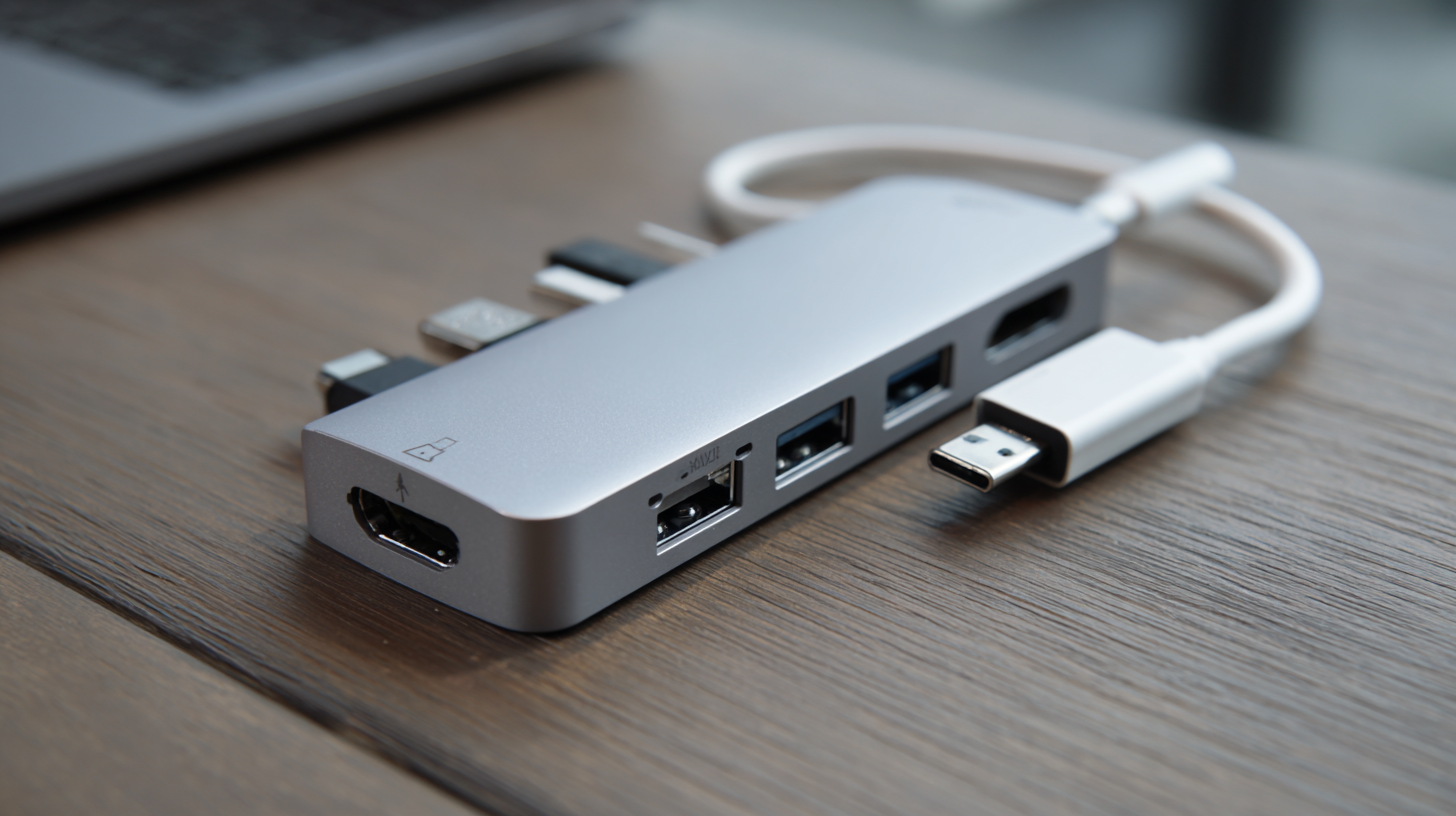
When it comes to selecting the best USB-C docking station for your device, user reviews play a crucial role. Recent studies indicate that professionals who use docking stations report improved productivity and a streamlined workspace. The top-rated USB-C docking stations often feature multiple connectivity options, including HDMI, USB-A, and Thunderbolt ports, which can enhance your setup significantly. The Anker Prime TB5 stands out as a leader in the market, providing a robust number of ports and exceptional data transfer speeds that meet the needs of demanding users.
User feedback reveals that versatility is key; many users prefer docking stations that can handle multiple displays and high-speed data transfer simultaneously. These docking stations often include features tailored for different operating systems, ensuring compatibility across the board. Choosing a well-reviewed docking station can help mitigate compatibility concerns and maximize the functionality of your devices, which is particularly important as 82% of remote workers reportedly use multiple screens to enhance their efficiency. By investing in a quality USB-C docking station, users can create a setup that not only meets their current needs but also adapts to future demands.
| Docking Station Model | Ports Available | Max Resolution | Power Delivery | User Rating |
|---|---|---|---|---|
| Model A | 2 x USB-A, 1 x USB-C, 1 x HDMI | 4K @ 60Hz | 100W | 4.7/5 |
| Model B | 3 x USB-A, 2 x HDMI, 1 x Ethernet | 4K @ 30Hz | 60W | 4.5/5 |
| Model C | 2 x USB-C, 1 x VGA, 1 x Audio Out | 1080p | 30W | 4.2/5 |
| Model D | 4 x USB-A, 1 x USB-C, 1 x DisplayPort | 2K @ 60Hz | 85W | 4.6/5 |

